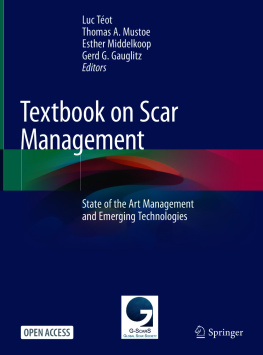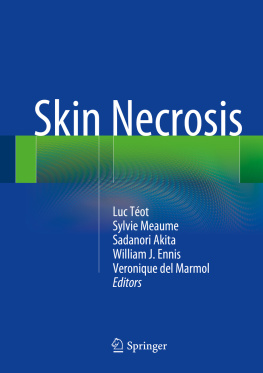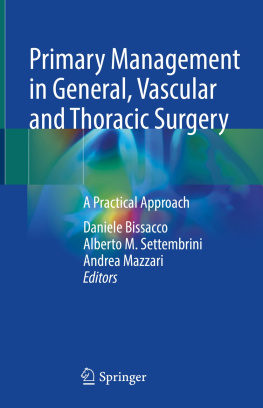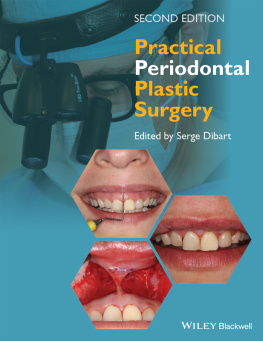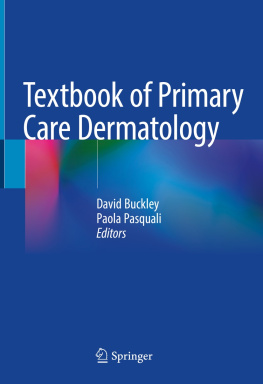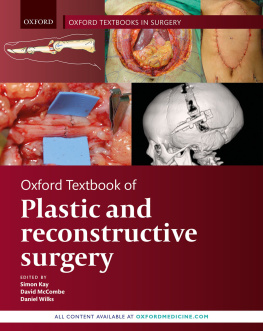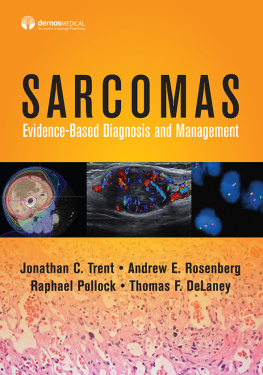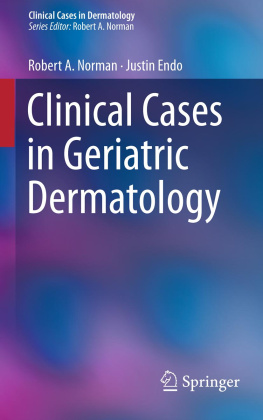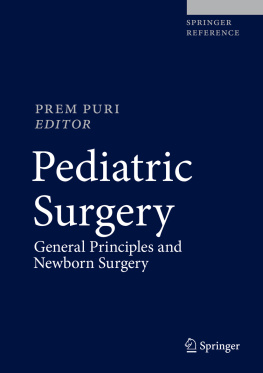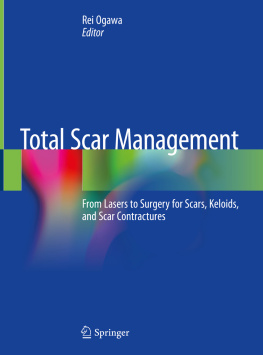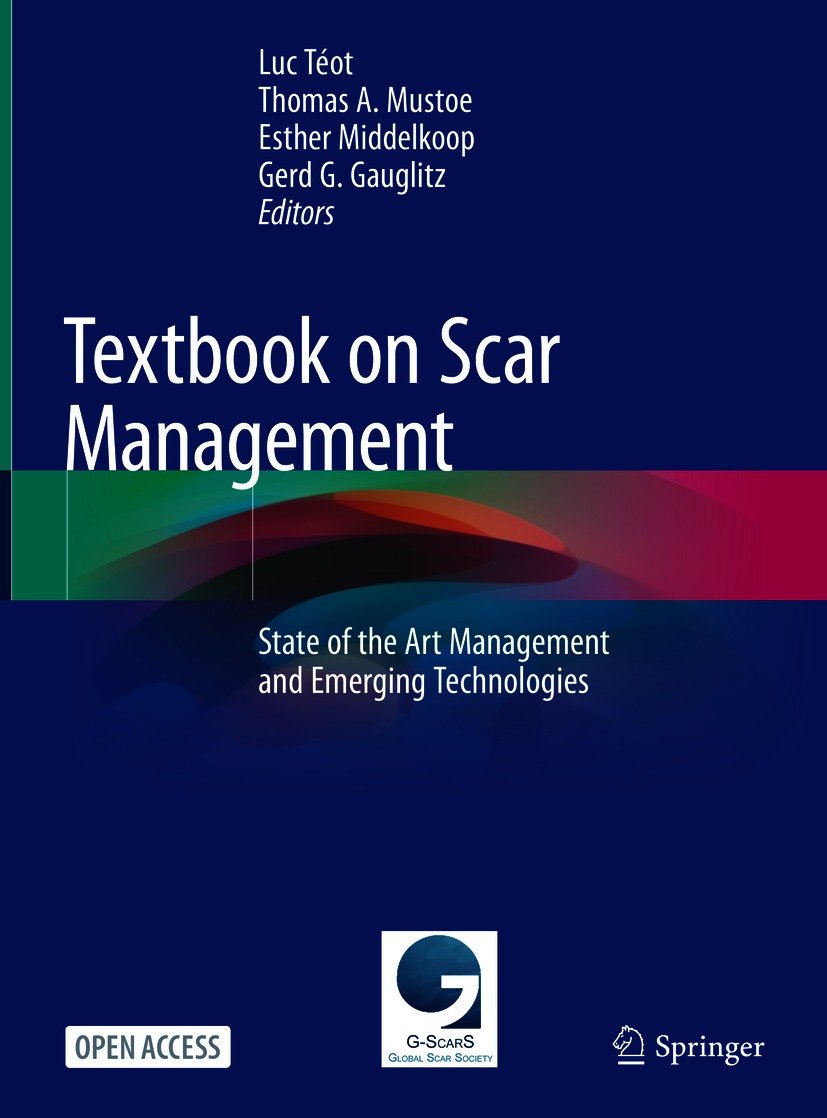Editors
Luc Tot
Department of Burns, Wound Healing and Reconstructive Surgery, Montpellier University Hospital, Montpellier, France
Thomas A. Mustoe
Division of Plastic and Reconstructive Surgery, Northwestern University School of Medicine, Chicago, Illinois, USA
Esther Middelkoop
Amsterdam UMC, Vrije Universiteit Amsterdam, Department of Plastic, Reconstructive and Hand Surgery, Amsterdam Movement Sciences, Amsterdam, The Netherlands Association of Dutch Burn Centers, Red Cross Hospital, Beverwijk, The Netherlands
Gerd G. Gauglitz
Department of Dermatology and Allergy, Ludwig Maximilian University Munich, Munich, Germany
ISBN 978-3-030-44765-6 e-ISBN 978-3-030-44766-3
https://doi.org/10.1007/978-3-030-44766-3
This book is an open access publication.
The Editor(s) (if applicable) and The Author(s) 2020 corrected publication 2021

Open Access This book is licensed under the terms of the Creative Commons Attribution 4.0 International License ( http://creativecommons.org/licenses/by/4.0/ ), which permits use, sharing, adaptation, distribution and reproduction in any medium or format, as long as you give appropriate credit to the original author(s) and the source, provide a link to the Creative Commons license and indicate if changes were made.
The images or other third party material in this book are included in the book's Creative Commons license, unless indicated otherwise in a credit line to the material. If material is not included in the book's Creative Commons license and your intended use is not permitted by statutory regulation or exceeds the permitted use, you will need to obtain permission directly from the copyright holder.
The use of general descriptive names, registered names, trademarks, service marks, etc. in this publication does not imply, even in the absence of a specific statement, that such names are exempt from the relevant protective laws and regulations and therefore free for general use.
The publisher, the authors and the editors are safe to assume that the advice and information in this book are believed to be true and accurate at the date of publication. Neither the publisher nor the authors or the editors give a warranty, expressed or implied, with respect to the material contained herein or for any errors or omissions that may have been made. The publisher remains neutral with regard to jurisdictional claims in published maps and institutional affiliations.
This Springer imprint is published by the registered company Springer Nature Switzerland AG
The registered company address is: Gewerbestrasse 11, 6330 Cham, Switzerland
Foreword
The interest in wound healing goes back to the beginning of history and has not diminished throughout the centuries also because practical implications of wound healing studies have remained very relevant for public health. During the last century, much progress has been made in the understanding of basic mechanisms of skin wound healing, and it has been realized that healing processes evolve similarly in various organs. It has been established that fibrotic diseases are regulated by analogous mechanisms, albeit less controlled, compared to those regulating wound healing. Moreover, many advances, such as the use of antiseptics and, later, of antibiotics, as well as the introduction of skin transplants have facilitated the treatment of wounds. It has been shown that wound healing evolution depends on several factors including the type of injury causing the damage, the tissue and/or organ affected, and the genetic or epigenetic background of the patient.
This Compendium has the merit of discussing a broad spectrum of topics, including the general biology of wound healing, modern diagnostic approaches, and therapeutic tools, applied to many different clinical situations. It should be of interest to teachers, students, and clinicians working in different aspects of wound healing biology and pathology. I am sure that it will rapidly become an important reference book in these fields.
Giulio Gabbiani
Preface
Scars represent the indelible cutaneous signature of aggression, surgery, traumas, and other events occurring during life. Most of them cause no problem, but some of them become sources of social exclusion, especially in a world where beauty is glorified. The psychosocial aspects surrounding culture, religion, and uses may be determinant. Even a transient redness may become source of suffering. Paradoxically, major keloids or massive contractures cause definitive loss of function or social problems leading to exclusion in developing countries, whereas simultaneously, we assist a rapid extension of laser technology indications for minor scar problems in the same countries. When we founded the Scar Club in 2006 together with Prof. Tom Mustoe, the aim was and still is the diffusion of knowledge and the development of all types of mechanical devices and antiscarring drugs.
Important financial support for researches in the field of growth factors and antiscarring agents was recruited, aiming at controlling cell proliferation and secretion using chemical compounds, but the results were modest. Mechanical control of keloids or hypertrophic scars is proposed and reimbursed in some countries, applying medical devices capable to exert forces over the suture during the post-operative period or over post-burn scars.
This small group formed the Scar Club, composed of passionate colleagues who attracted surgeons and dermatologists, researchers, and physiotherapists, becoming an upmost scientific biannual rendezvous attracting colleagues from all over the world. The Scar Club group is built like a club, focusing on researches, new organizations and collaborations, new strategies, and development of guidelines.
The need for a larger educational initiative appeared since 2015 and the GScarS was founded in 2016. In October 2018, the first GScarS meeting was held in Shanghai with a successful event, grouping more than 600 colleagues. The idea came from the Board to provide an educational book free of charge, open source, and downloadable from anywhere. Patients and caregivers suffer most of the time from an insufficient professional training, and scar science is poorly represented in teaching courses at universities. Most of the proposed treatments are still based on cultural or anecdotal medicine. It is time to propose a structuration of the scar knowledge based on evidence-based medicine, consensus, guidelines, and key opinion leaders expertise.
This Compendium on scar management proposes a synthesis of the basic principles in scar management, including the large armamentarium of medical devices having proven efficacy and considered as the standards of care, and also the most recent techniques accessible in scar management, provided by the most prominent specialists coming from all over the world. It will be completed by a series of illustrations, schematic strategies, and clinical cases accessible on the Springer website.

